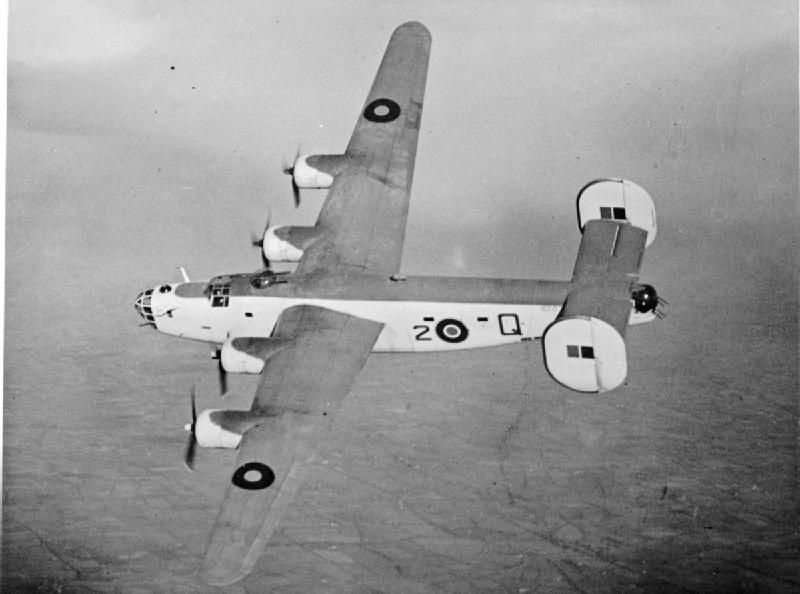
One of the more bitter ironies of the American Civil War is that so many of the senior commanders that led the opposing armies in the bloody four-year conflict were years earlier both West Point classmates and then comrades in the Mexican War of 1846 and 1847.
Legendary Confederates like Lee, Jackson, Picket and Longstreet served alongside their Union counterparts Meade, Grant, and McClelland in the year-and-a-half long fight for control of California and the present-day southwestern United States. Most of these celebrated generals were little more than lieutenants and captains at the time and all were recent graduates of the United States Military Academy at West Point, New York.
The story of how the generation of commanders who masterminded the victories at Gettysburg, Manassas, Antietam and Shiloh first perfected their lethal craft on the scorching plains of Mexico is the subject of an article this week on the Smithsonian Institute’s online magazine and blog.
“There are any number of reasons why the Americans dominated the fighting [in Mexico],” writes author of the piece William Rosen. “However, the decisive American advantage was not in technology or political stability, but in military professionalism.”
The full article, entitled: “Brainpower and Brawn in the Mexican American War”, is available here. It well worth the read.










Muy buena entrada. La profesionalización del ejército mexicano, en aquel tiempo apenas llegaba a unos cuantos oficiales recién salidos del Colegio Militar (como Juan de la Barrera muerto en la batalla de Cahpultepec). Curiosamente estos oficiales (como Severo del Castillo, Miguel Miramón, Leandro Valle, Manuel Ramírez de Arellano, etc.) serían los que combatirían en la Guerra de Reforma en 1857-1860 y durante la intervención francesa y el Segundo Imperio Mexicano (1862-1867).
Saludos cordiales.
MTPL wrote:
Very good entry. The professionalization of the Mexican army at that time was only about a few officers fresh from the Colegio Militar (as Juan de la Barrera died in the battle of Cahpultepec). Interestingly these officers (as Severo del Castillo, Miguel Miramon, Leandro Valle, Manuel Ramirez de Arellano, etc..) Would be that they would fight in the War of Reform in 1857-1860 and during the French and the Second Mexican Empire (1862-1867 ).
Best regards.
____________________
Thanks for that. I have to admit, Mexican history is not my strong suit, but I am learning more about it as I research. One of the next books I plan to pick up will be about the French intervention.
Gracias por eso. Tengo que admitir que la historia de México no es mi fuerte, pero estoy aprendiendo mas sobre esto ya que la investigación. Uno de los próximos libros que planeo para recoger habrá sobre la intervención francesa.
About the French Intervention you could read “Últimas horas del Imperio” of Manuel Ramírez de Arellano [http://archive.org/details/ultimashorasdel00arelgoog], one of the cadets who fought in Chapultepec in 1847.
Regards.